Protective caps are essential accessories for safeguarding the exposed interfaces of electrical connectors—such as plugs and receptacles—from a wide range of environmental hazards, including dust, moisture, chemicals, and physical impacts. By covering and sealing connector contact points when not in use, protective caps help prevent contamination, corrosion, and damage, extending the service life of the connector and maintaining optimal performance.
At EMCA, we supply a comprehensive selection of high-quality protective caps engineered for circular connectors used in demanding applications. Our connector caps are purpose-designed to shield against dust ingress, water penetration, and mechanical wear, providing dependable protection in harsh operating environments. We offer protective caps for both plugs and receptacles, ensuring complete coverage for your interconnect systems.
Our stock includes protective caps compatible with major connector series. For example, our Series C1 protective caps are designed for MIL-DTL-26482 Series I and II connectors, while our Series C3 protective caps provide a perfect fit for MIL-DTL-38999 Series III connectors. Each protective cap is available in a choice of robust body materials—such as aluminium, stainless steel, or marine bronze—and many options are offered with specialist plating finishes to enhance resistance to corrosion and extreme environmental conditions.
Whether you require protective caps for aerospace, defence, marine, industrial, or transportation applications, EMCA delivers durable solutions you can trust.
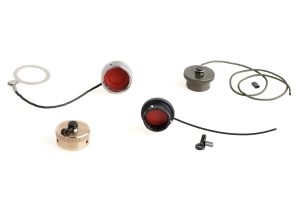
To suit Connectors:
Connector Specification:
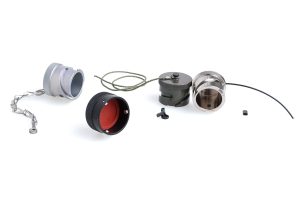
To suit Connectors:
Connector Specification:
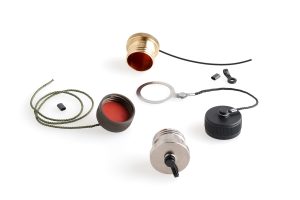
To suit Connectors:
Connector Specification:
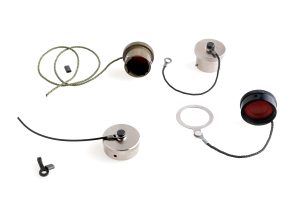
To suit Connectors:
Connector Specification:
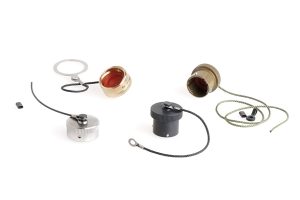
To suit Connectors:
Connector Specification:
A protective cap covers the exposed interface of a plug or receptacle when the connector is unused. It shields the contacts from dust, moisture, chemicals, or mechanical damage, preventing corrosion and ensuring reliable mating in future service cycles. In harsh environments (marine, aerospace, industrial), a good cap preserves signal integrity and extends connector life.
Match the cap to the connector series, shell size, and coupling style. Select the proper material (aluminium, stainless, bronze) and plating finish depending on your environmental conditions (salt spray, chemicals, wear). Also decide whether you need a tether or lanyard, sealing (O-ring), and whether the cap is for plug or receptacle coverage.
Both tethers and lanyards secure a protective cap to its connector or panel, but they differ slightly in design and function. A tether is typically a short, fixed-length wire or chain attached directly to the cap and connector flange to prevent misplacement during service. A lanyard often refers to a longer, flexible attachment that allows the cap to be removed and positioned nearby while remaining secured. In many cases, the terms are used interchangeably, but “tether” is more common in military and aerospace connector specifications.
Generally, caps are not part of the active electromagnetic shielding path—they are meant to protect contacts when unmated. However, for connectors with shielding requirements, the mating hardware (backshells, bonding rings) maintain EMI continuity; the protective cap should not interfere with that after mating. Ensure cap-to-shell contact is non-disruptive and doesn’t damage plating.
EMCA offers protective caps in robust materials such as aluminium, stainless steel, and marine bronze — each suited to different mechanical and environmental demands. Options also include corrosion-resistant plating or passivation to resist chemical attack, salt environments, or abrasion. Choose materials and finishes aligned with your application’s durability requirements. We have a comprehensive overview of available material platings here.
Yes. EMCA supplies protective caps for many circular connector series, including MIL-DTL-38999 (Series III and I), MIL-DTL-26482, VG connectors, and more. Our catalog includes caps for plugs and receptacles across those standards — all manufactured to robust tolerances for extreme environments.